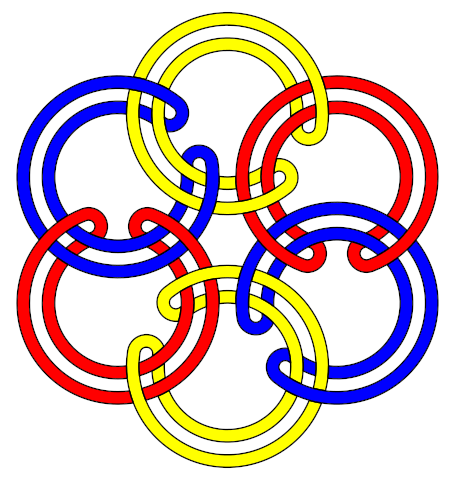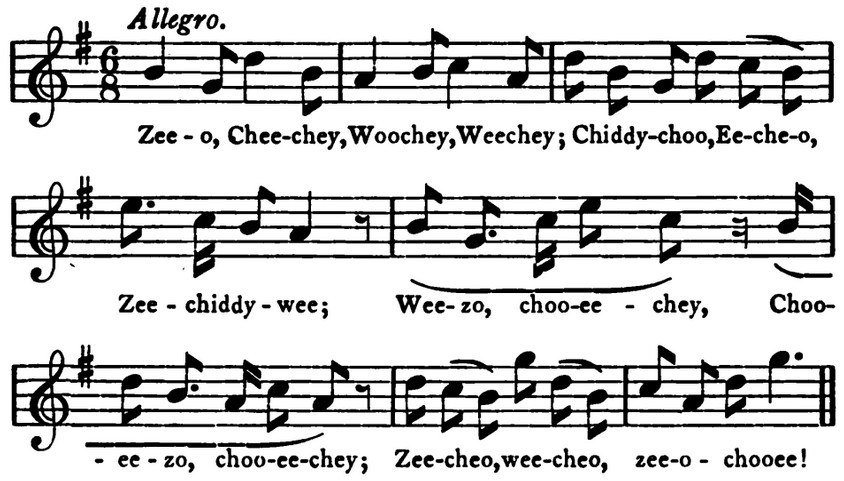In the first half of the 20th century, a considerable number of famous scientists emigrated from Hungary to the United States, including physicists Eugene Wigner, Edward Teller, and Dennis Gabor and mathematicians Theodore von Kármán, John von Neumann, Paul Halmos, George Pólya, and Paul Erdős. Most were Jewish refugees from Nazi Germany, but they had surprising further similarities — many had been born near Budapest, had shown an early interest in chemistry, and had studied physics at German universities before emigrating to America.
One of their number, Leo Szilard, joked that he knew the reason: They were all descended from a Martian scout force that had landed on Earth in that period. The Martians had left eventually, but not before impregnating some Earth women.
The “Martians” adopted Szilard’s name because in many ways they felt themselves to be outsiders in America: All were brilliant, spoke English with a strong accent, and came from a small little-known country.
When Enrico Fermi posed his famous paradox — if intelligent aliens are as common as we believe, why haven’t we encountered one? — Szilard answered, “They are among us — but they call themselves Hungarians.”
(Thanks, Rini.)


